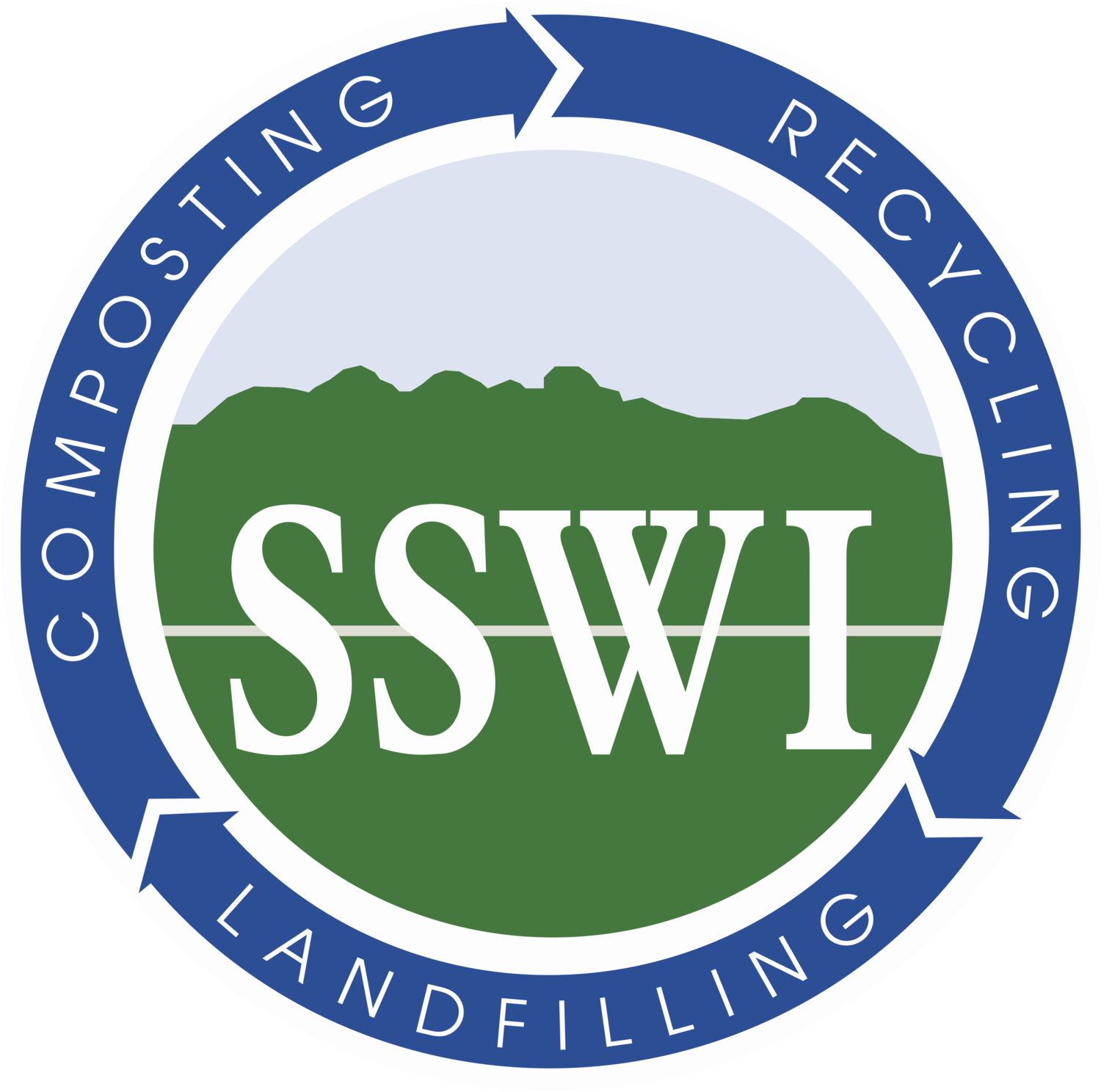For Earth Month, SSWI is starting a series called “Good News!” where we will share some positive environmental success stories from around the globe.
This week we are focusing on reforestation.
What is reforestation and why is it important?
Reforestation is the process of replanting an area with trees. This is beneficial to us and many other species that rely on the forests to survive. The trees store carbon dioxide, a greenhouse gas that contributes to global warming. They also support habitats and ecosystems, bringing a natural balance back to places that have often been stripped by humans. They hold the soil together with their roots, preventing erosion and therefore keeping the water clear. Their trunks and canopies provide shelter and foods for animals. They also shade the ground from the sun and keep the soil from drying.
success stories
Reforestation can be as simple as planting a tree in a park or as widespread as planting millions of trees, restoring a whole forest.
Just this past year, Ethiopa broke the record for trees planted in one day, planting over 350 million trees! This project was lead by the prime minister in an effort to counter the effects of deforestation and climate change in an already drought-prone country.
Similar to Ethiopa, people in India came together to plant 220 million trees. The trees were planted in the country’s most populous area, along roads, railroad tracks, and in forests.
Reforestation is beneficial, but it’s also important to protect the forests we have. Indonesia is doing just that with a moratorium on forest clearance, protecting 66 million hectares. This action was set in place in 2011, and has been renewed regularly as an effort to reduce fires caused by deforestation.
How can you help?
Plant a tree! Planting a tree in your backyard, in a park, at your school, is adding another opportunity for shelter and food for many animals nearby.
It is also important to be mindful of the resources you’re using and where they come from. How many trees does it take to make one roll of paper towels? What about a pack of toilet paper, or a stack of paper? It is important to ask ourselves where we can reduce waste and conserve resources in our daily lives. Maybe that means cutting out paper towel and using rags instead. Or maybe it just means using less. Take some time to figure out what sustainability means to you and how you can change small things that could make a big difference. If we all did this, maybe we wouldn’t have to worry about the trees!

